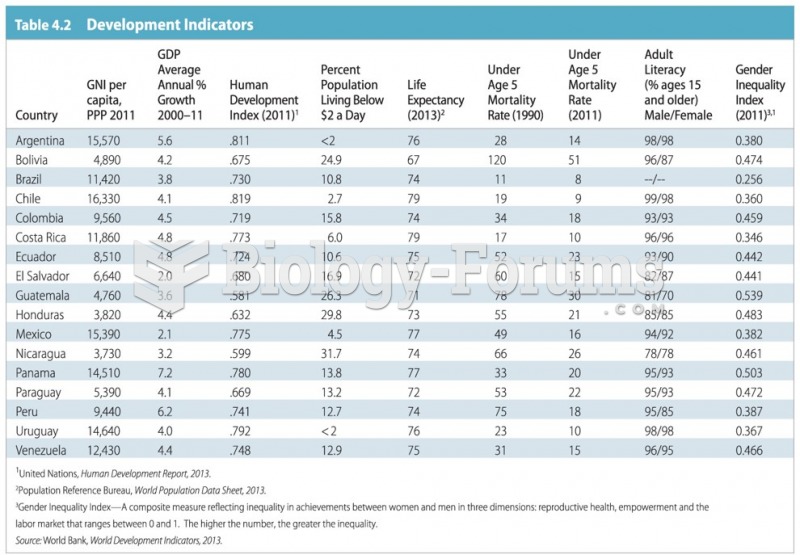Answer to Question 1
T
Answer to Question 2
People tend to want to maintain a degree of control in relationships, to foster commitment,
maintain exclusivity, maintain respect and positive image of self, and to promote the
continuation and rewards of the relationship. People differ however, in the means through
which they maintain control in relationships some use their attraction resources (beauty,
personality, family or professional standing or qualities, money, etc.) some use
psychological manipulation or withdrawal of approval or affection, while some others use
physical force to maintain control over the other person. Batterers are usually not
proficient at using mental or status means to maintain relationships, and resort to physical
means, largely because they don't perceive of or are not effective in using other means.
Goodruum's, et.al. research on comparison samples of batterer and non-batterer males in
intimate relationships reports on the function of self-concept and learned role behavior in
violent relationships. They found that batterers tend to minimize negative views of their
behavior, and dissociate themselves from their partners' physical and emotional injuries.
Batterers tend to plan violent actions through an interactive process that is influenced by
their conception of self and other person's response to the violence. They do not however,
tend to consider their partners concerns or needs in the relationship, or how they are injured
in violent situations. Batterers tend to rationalize and minimize their violent behavior in
holding views such as they are not really all that violent if they confine their violence to
their partner or mate, commit violence on an irregular basis, or do not do visible damage
to their partner. They often blame their partner for their violent outbursts, or may claim
that they were forced into becoming physical by the other person.
The symbolic interactionist method for treatment and control of batters is to force the
batterer to face the truth of their behavior, and their soliloquizations of their self-image.
Goodrum found that the images other people hold of the batterer (except for the intimate
partner) made a positive impact on controlling the batterer, and they expressed regret and
empathy if children, relatives, friends, or police observed their violence. Battering is very
deep-seated in the mind and an integral part of self, and cannot be changed easily (or
perhaps not at all). Battering behavior may be modified somewhat by increasing
observability of the batterer, and the public enforcement of penalties for violent actions.
However, for many situations and extreme violent behavior, enforcement and visibility
may not be sufficient, leaving no recourse of the partner other than to leave the
relationship. Persons would do well to ascertain the level or propensity to resort to
battering behavior in a prospective partner before allowing the relationship to evolve to
intimate levels.







